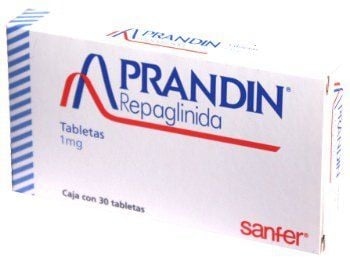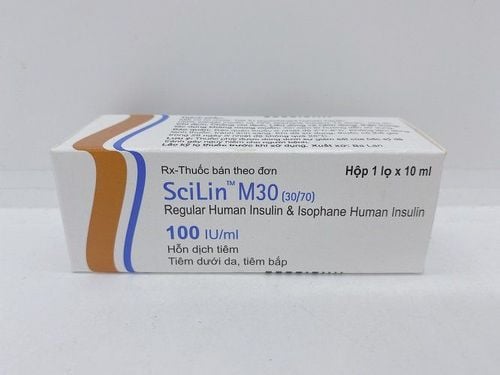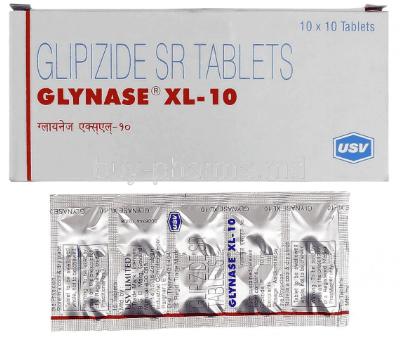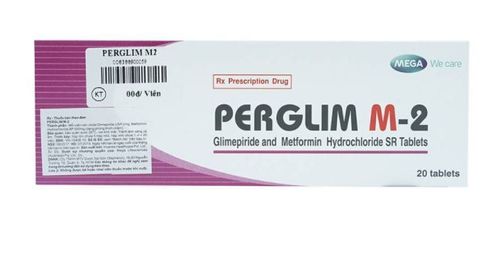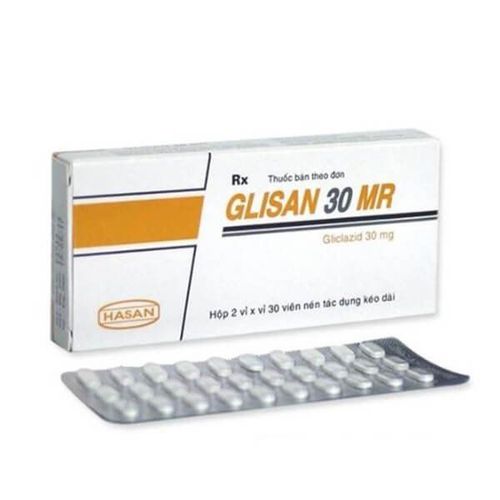This is an automatically translated article.
The article was professionally consulted by Doctor Tran Quoc Tuan - Emergency Medicine Doctor - Emergency Resuscitation Department - Vinmec Phu Quoc International General Hospital.Latent autoimmune diabetes in adults (LADA) is a special form of diabetes also known as type 1.5 diabetes because of its late onset in adults with manifestations similar to type 2 diabetes. 2 but have autoimmune antibodies such as type 1 diabetes. To diagnose type 1.5 diabetes, autoimmune antibody tests are indispensable.
1. How is LADA diabetes diagnosed?
There are 3 criteria to diagnose latent autoimmune diabetes:Adult-onset diabetes (over 30 years of age) Presence of anti-pancreatic islet cell antibodies such as GAD, ICA, IAA The requirement for insulin administration is not necessary until at least 6 months after diagnosis In these conditions the presence of at least 1 circulating anti-islet autoimmune antibody is required. . In addition, IAA and IA2A are not so important in type 1.5 diabetes that diagnosis is mainly based on anti-GAD and ICAs antibodies.
Studies show that the positivity rate of GADA in type 1.5 diabetes is quite high, and it is also proportional to the degree of future decline in beta cell function. If the patient has both GADA and ICA simultaneously, the prognosis for insulin dependence after age 45 is higher than that of either positive alone. ICA disappears as disease duration is prolonged, whereas GADA is positive at diagnosis and persists longer to ensure diagnostic sensitivity. Even so, in GADA-negative patients at high risk or with evidence of type 1.5 diabetes, testing for other autoantibodies should still be considered because in some clinical cases only IA2A or IAA.
For the criterion of not requiring insulin for at least 6 months after diagnosis to differentiate from type 1 diabetes, however, this criterion depends on the subjectivity of the treating physician. Some factors may suggest LADA such as young people but difficult to control blood glucose with oral hypoglycemic agents and no signs of metabolic syndrome. In addition, testing for peptide C is also necessary because low concentrations are often associated with severe beta cell damage.
2. Autoimmune antibodies in the diagnosis of type 1.5 . diabetes
2.1. Anti-GAD Antibody This is an antibody with high concentrations in the CNS and low concentrations in the islets of Langerhans of the pancreas. GADA catalyzes the transformation that produces GABA, which is produced by pancreatic beta cells and functions as a paraendocrine regulator, regulating glucagon secretion. Some features of this antibody include:GADA has the highest sensitivity at the symptomatic stage of type 1 diabetes and is a predictor for family members with type 1 diabetes. Therefore, anti-GAD antibody in the blood is also a diagnostic criterion for type 1.5 diabetes because of its high occurrence rate. GADA levels may decrease in the first 2 years after diagnosis but still have diagnostic value. Patients with positive anti-GAD antibodies are synonymous with a rapid decrease in beta-cell function. Compared with anti-islet cell and anti-insulin antibodies, the anti-GAD antibody test has many advantages because it can be quantified, standardized between laboratories, is easy to perform, and has low concentrations. decreased relative to disease progression.
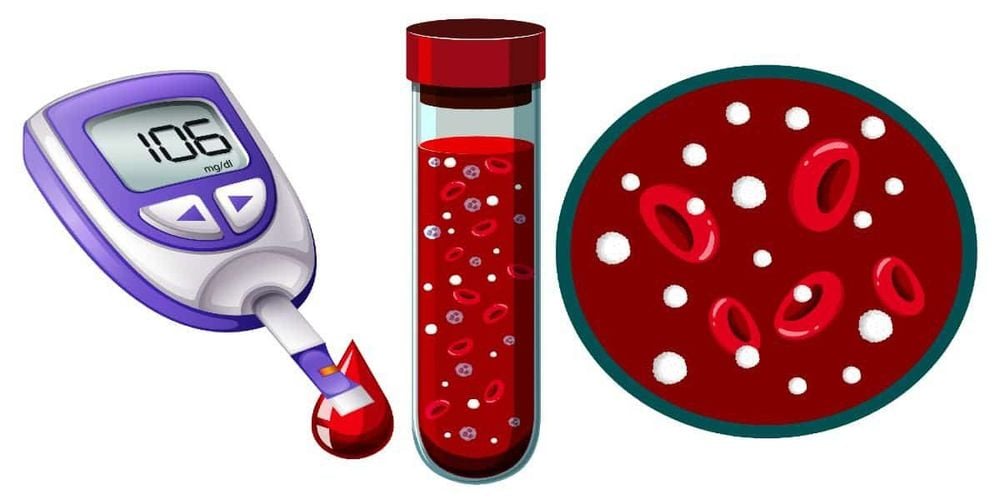
Kháng thể kháng GAD là tiêu chuẩn chẩn đoán quan trọng trong tiểu đường type 1,5
2.3. IAA antibody This is the only beta cell-specific antibody found and seen in patients with type 1 and 1.5 diabetes with a certain percentage. However, this antibody can also be found in a number of other diseases such as graves, Hashimoto's thyroiditis, Addison's disease, chronic hepatitis, pernicious anemia, rheumatoid arthritis and lupus erythematosus.
2.4. Anti-IA-2 antibodies IA-2 expressed in pancreatic islets and brain, antibodies against IA-2 molecules are used to specifically indicate beta cell destruction and rapid progression of type 1 diabetes, 5.
Autoimmune antibodies play an important role in the diagnosis of latent autoimmune diabetes in adults. However, for accurate diagnosis results, patients should go to reputable medical centers and specialized hospitals to perform.
Currently, at Vinmec International General Hospital, there are programs to examine, screen and test for diabetes diagnosis. The entire process of examination, screening, determination of the condition and stage of the disease is carried out by experienced and well-trained specialists both at home and abroad. Besides, in order to improve service quality, in addition to fully equipped with the most modern facilities, at Vinmec, there are also packages of diabetes screening and hyperlipidemia so that customers can conveniently intensive examination and treatment.
For detailed information, you can go to Vinmec International General Hospital or register online.
Please dial HOTLINE for more information or register for an appointment HERE. Download MyVinmec app to make appointments faster and to manage your bookings easily.





